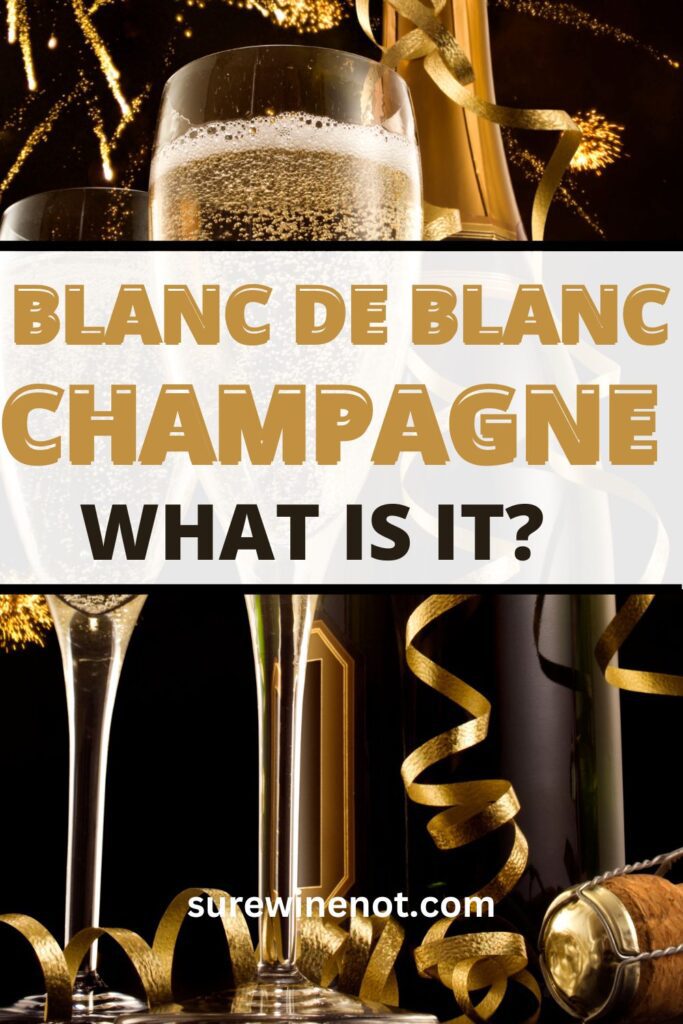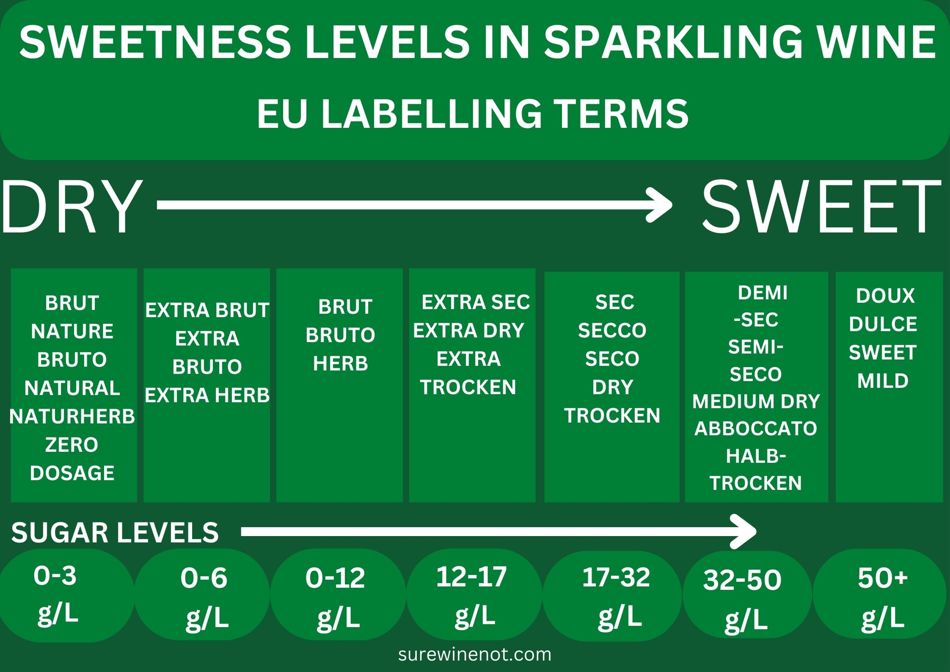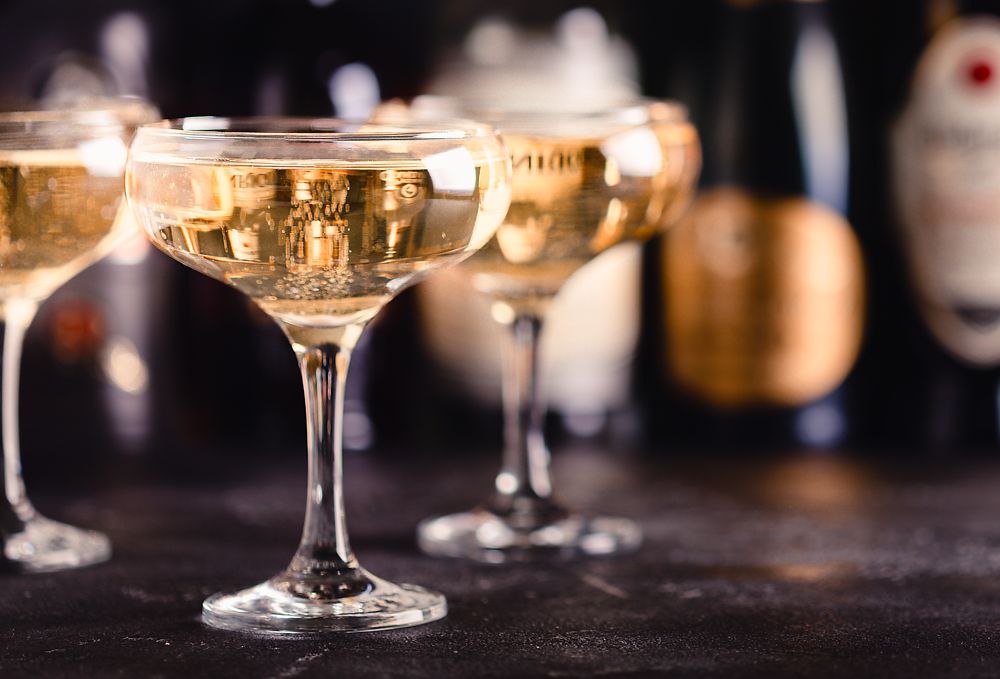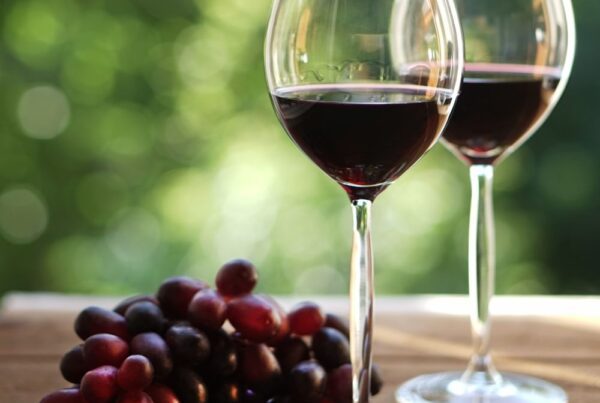In this article, you will learn everything you need to know about Blanc de Blanc Champagne wine.

Contents
- 1 What is Blanc de Blanc Champagne?
- 2 How Blanc de Blanc differs from other Champagnes
- 3 Blanc de Blanc grapes
- 4 Blanc de Blanc Champagne Flavor Profile
- 5 How Blanc de Blanc Champagne is Made: The winemaking process
- 6 Pairing Blanc de Blanc Champagne with food
- 7 Blanc de Blanc Champagne serving tips
- 8 Blanc de Blanc vs. Blanc de Noir: key differences
- 9 Aging potential of Blanc de Blanc Champagne
- 10 How to choose the right Blanc de Blanc Champagne
- 11 Blanc de Blanc Champagne: Dry, Sweet, or Brut?
- 12 Best occasions to enjoy Blanc de Blanc Champagne
- 13 Popular Blanc de Blanc Champagne brands
What is Blanc de Blanc Champagne?
Blanc de Blanc Champagne is a sparkling wine that is made only from white grapes, usually Chardonnay.
The name translates from French as “white of whites”, highlighting the pure and elegant nature of this wine.
This type of Champagne is known for having light, crisp, and refined flavors.

How Blanc de Blanc differs from other Champagnes
Unlike other Champagnes that use a mix of white and black grapes, Blanc de Blanc is made only with white grape varieties.
This gives it a lighter, fresher taste, while blended Champagnes often have a fuller, richer flavor profile.
Blanc de Blanc grapes
Chardonnay is usually the main grape used to make Blanc de Blanc Champagne.
The Chardonnay grape grows well in the cool climate of the Champagne region and is prized for its bright acidity and delicate flavors.
Chardonnay gives Blanc de Blanc its signature citrus, floral, and mineral notes.

Blanc de Blanc Champagne Flavor Profile
Blanc de Blanc Champagne has a crisp and refreshing taste with notes of lemon, green apple, and white flowers.
It can also have subtle mineral notes, as well as richer flavors like toasted bread, nuts, or honey that can develop during the aging process.
See our article on Chardonnay wine to read about Chardonnay flavors in detail.
How Blanc de Blanc Champagne is Made: The winemaking process
Blanc de Blanc Champagne is crafted using the traditional method, also known as the Méthode Champenoise, which is renowned for creating high-quality sparkling wines for centuries.
The process begins with hand harvesting Chardonnay grapes, which ensures that only the best quality fruit is selected.
The grapes are then gently pressed to extract the juice with minimal contact with the skins, keeping the wine’s color and flavor delicate.
After pressing, the first fermentation takes place creating a dry, still base wine.
The magic of Champagne happens during the second fermentation.
A mixture of sugar and yeast, called the liqueur de tirage, is added to the base wine before sealing it in a bottle with a temporary cap.
This causes a secondary fermentation inside the bottle, producing the wine’s iconic bubbles. During this phase, the wine also develops complexity as it interacts with the dead yeast cells, or lees, that settle at the bottom.
When fermentation is complete, the wine is aged on its lees, often for several years.
This aging process enhances the flavor and texture, adding notes of brioche, toasted nuts, and creaminess.
When aging is complete, the lees are removed through a process called disgorgement, and a final dosage of sugar and wine (liqueur d’expédition) is added to balance the flavor and determine the sweetness level, such as Brut or Demi-Sec.
The result is a crisp, refined sparkling wine with the finesse that defines Blanc de Blanc Champagne.
Pairing Blanc de Blanc Champagne with food
Blanc de Blanc pairs well with light, delicate foods.
It’s perfect with seafood like oysters, shrimp, or scallops.
Soft cheeses, buttery dishes, or even a simple green salad also complement its bright acidity and fruity flavors.
For a more detailed guide, see our article on the 10 best Chardonnay food pairings.

Blanc de Blanc Champagne serving tips
Serve Blanc de Blanc Champagne well chilled between 6ºC to 10ºC (43-50ºF).
Use a flute or tulip-shaped glass to capture the bubbles and aroma.
Be gentle when opening the bottle to preserve its sparkle and freshness.
See our guide on how to open Champagne safely for an easy and quick step-by-step guide.
Blanc de Blanc vs. Blanc de Noir: key differences
Blanc de Blanc Champagne is made only from white grapes like Chardonnay, while Blanc de Noir is made only from black grapes, such as Pinot Noir or Pinot Meunier.
Blanc de Blanc is light and citrusy, while Blanc de Noir has a fuller body and flavors of red fruits and sometimes spices.

Aging potential of Blanc de Blanc Champagne
High-quality Blanc de Blanc Champagne can age beautifully.
When young, it’s fresh and zesty, but over time it develops deeper flavors like honey, nuts, and brioche.
Some vintage Blanc de Blancs can age for over a decade.
How to choose the right Blanc de Blanc Champagne
To choose a good Blanc de Blanc, look for trusted producers and check the label for terms like “Grand Cru” or “Premier Cru.”
Decide if you prefer a non-vintage Champagne for its freshness or a vintage one for its complexity.
Explore smaller brands for more unique options.
Blanc de Blanc Champagne: Dry, Sweet, or Brut?
Most Blanc de Blanc Champagnes are Brut, which means they typically taste dry.
If you prefer sweeter wine, look for Extra Dry, Demi-Sec or Sec styles of Champagne.
See the table below for details on sweetness levels in Champagne.
Always check the label to know the sweetness level.

Best occasions to enjoy Blanc de Blanc Champagne
Blanc de Blanc Champagne is suited to both casual and formal occasions.
It really just depends on your budget, but Champagne (of any kind) is always a great way to mark any celebration from birthdays to weddings and everything in between.
Popular Blanc de Blanc Champagne brands
Many famous Champagne houses produce Blanc de Blanc.
Krug and Ruinart are known for their luxurious options, while Taittinger offers a fresh and approachable style.
Smaller producers like Pierre Gimonnet also create highly regarded Blanc de Blancs.

Read with confidence: I am a certified wine expert (WSET L3).





